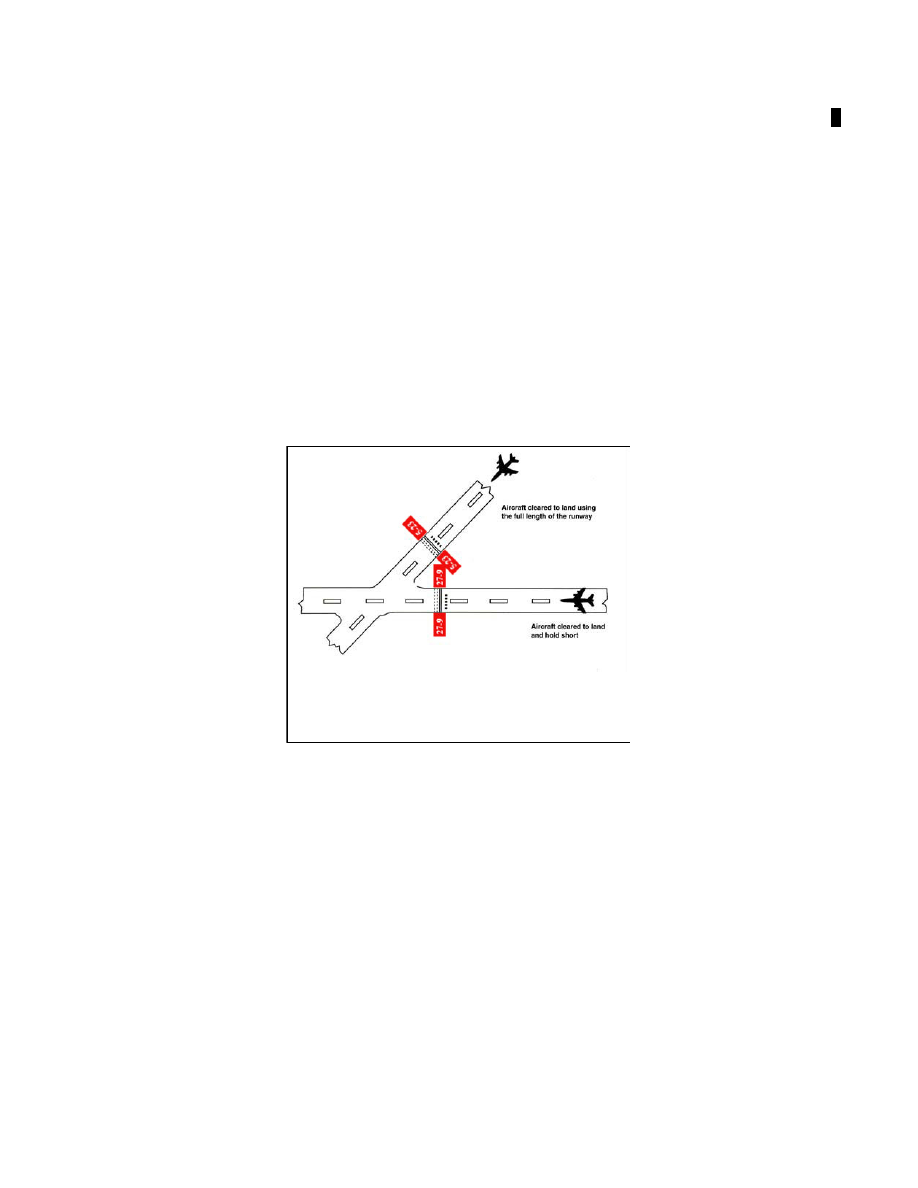
AIM
4/20/23
4
−
4
−
11
ATC Clearances and Aircraft Separation
may be necessary for ATC to issue further speed adjustments after approach clearance is issued to maintain
separation between successive arrivals. Under such circumstances, previously issued speed adjustments will be
restated if that speed is to be maintained or additional speed adjustments are requested. Speed adjustments should
not be assigned inside the final approach fix on final or a point 5 miles from the runway, whichever is closer to
the runway.
h.
The pilots retain the prerogative of rejecting the application of speed adjustment by ATC if the minimum
safe airspeed for any particular operation is greater than the speed adjustment.
NOTE
−
In such cases, pilots are expected to advise ATC of the speed that will be used.
i.
Pilots are reminded that they are responsible for rejecting the application of speed adjustment by ATC if,
in their opinion, it will cause them to exceed the maximum indicated airspeed prescribed by 14 CFR
Section 91.117(a), (c) and (d).
IN SUCH CASES, THE PILOT IS EXPECTED TO SO INFORM ATC.
Pilots
operating at or above 10,000 feet MSL who are issued speed adjustments which exceed 250 knots IAS and are
subsequently cleared below 10,000 feet MSL are expected to comply with 14 CFR Section 91.117(a).
j.
Speed restrictions of 250 knots do not apply to U.S. registered aircraft operating beyond 12 nautical miles
from the coastline within the U.S. Flight Information Region, in Class E airspace below 10,000 feet MSL.
However, in airspace underlying a Class B airspace area designated for an airport, or in a VFR corridor designated
through such as a Class B airspace area, pilots are expected to comply with the 200 knot speed limit specified
in 14 CFR Section 91.117(c).
k.
For operations in a Class C and Class D surface area, ATC is authorized to request or approve a speed
greater than the maximum indicated airspeeds prescribed for operation within that airspace (14 CFR Section
91.117(b)).
NOTE
−
Pilots are expected to comply with the maximum speed of 200 knots when operating beneath Class B airspace or in a Class
B VFR corridor (14 CFR Section 91.117(c) and (d)).
l.
When in communications with the ARTCC or approach control facility, pilots should, as a good operating
practice, state any ATC assigned speed restriction on initial radio contact associated with an ATC
communications frequency change.
4
−
4
−
13. Runway Separation
Tower controllers establish the sequence of arriving and departing aircraft by requiring them to adjust flight or
ground operation as necessary to achieve proper spacing. They may “HOLD” an aircraft short of the runway to
achieve spacing between it and an arriving aircraft; the controller may instruct a pilot to “EXTEND
DOWNWIND” in order to establish spacing from an arriving or departing aircraft. At times a clearance may
include the word “IMMEDIATE.” For example: “CLEARED FOR IMMEDIATE TAKEOFF.” In such cases
“IMMEDIATE” is used for purposes of
air traffic separation.
It is up to the pilot to refuse the clearance if, in
the pilot’s opinion, compliance would adversely affect the operation.
REFERENCE
−
AIM, Para 4
−
3
−
15, Gate Holding due to Departure Delays.
4
−
4
−
14. Visual Separation
a.
Visual separation is a means employed by ATC to separate aircraft in terminal areas and en route airspace
in the NAS. There are two methods employed to effect this separation:
1.
The tower controller sees the aircraft involved and issues instructions, as necessary, to ensure that the
aircraft avoid each other.
2.
A pilot sees the other aircraft involved and upon instructions from the controller provides separation by
maneuvering the aircraft to avoid it. When pilots accept responsibility to maintain visual separation, they must
maintain constant visual surveillance and not pass the other aircraft until it is no longer a factor.